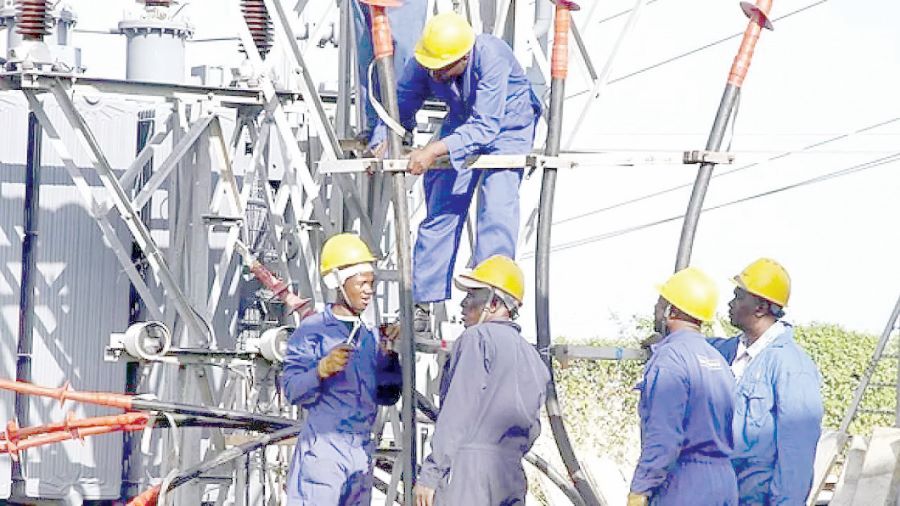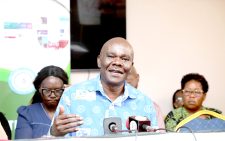State tipped on lowering high electricity prices, improve lives

Researchers at an economic think tank are proposing the government increase competition in the energy market for the purposes of bringing down price that affect the cost of living.
They say electricity market in Kenya is dominated by a few large companies, which can lead to higher prices.
Breaking of the monopolistic practices, they added can be achieved by allowing more companies to generate and sell electricity, and by implementing regulations that prevent anti-competitive practices.
“By promoting competition in the energy market, the government can help lower prices for consumers, argues Austin Odera and Susan Thuo of the young professional’s arm of Kenya Institute of Public Policy Analysis (Kippra).
The views are contained in a paper entitled: “Addressing High Electricity Prices to Improve Kenyan Households’ Welfare.”
They have also called for the sources of electricity supply from hydropower and oil-based generation be diversified, saying this will moderate price increases and reduce price volatility.
According to the researchers, the government should in place policies to encourage development of renewable energy, noting that the country has abundant renewable energy sources such as wind, solar, and geothermal power.
“By investing in these sources of energy, Kenya can reduce its dependence on expensive fossil fuels and lower the cost of electricity,” the paper stated. The government can also incentivise renewable energy investments through tax breaks and subsidies.
It also should also upgrade and expand electricity infrastructure and invest in renewable energy projects to improve reliability and reduce long-term costs.
Reliable service
“Investments in transmission and distribution infrastructure need to be accompanied by effective enforcement of regulations on service quality to ensure reliable service is provided to consumers,” Kippra researchers said.
According to the Kenya National Bureau of Statistics Economic Survey of 2023, 87.5 per cent of all electricity generated in the country is from renewable sources; 43.6 per cent is from geothermal, hydro constitutes 24.0 per cent, wind power is at 16.9 per cent, and solar constitutes 3.0 per cent.
Thermal energy, which is a non-renewable source constitutes the balance of 12.5 per cent.
Statistics from the Energy and Petroleum Regulatory Authority 2022 indicates that Kenya Power and Lighting Company (KPLC) has connected 8,837,978 customers to the grid; and 98 per cent of the customers are domestic customers who consume on average 100kWh and below.












